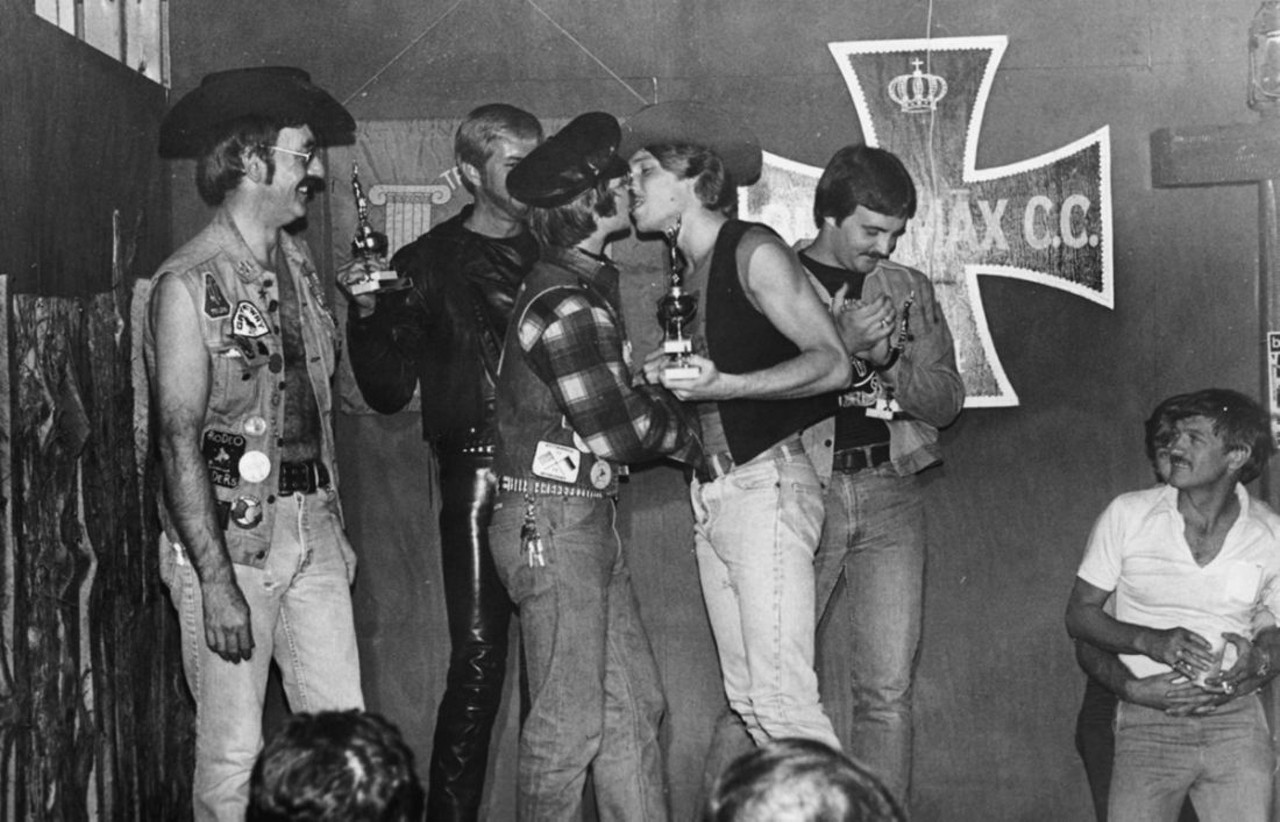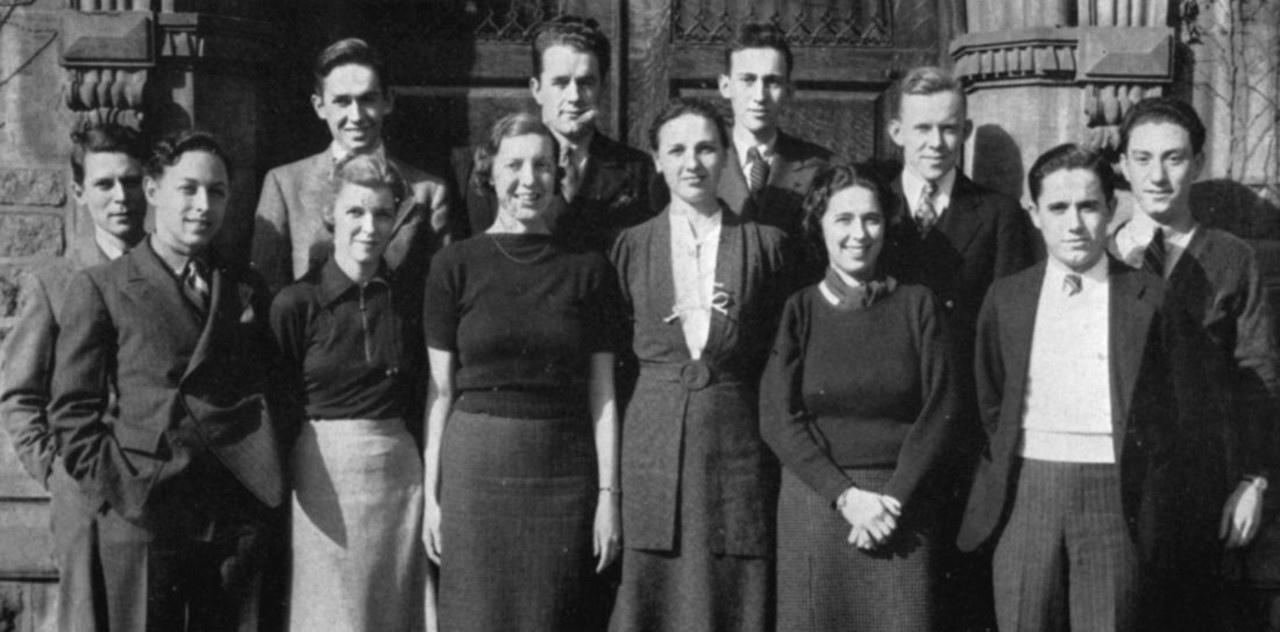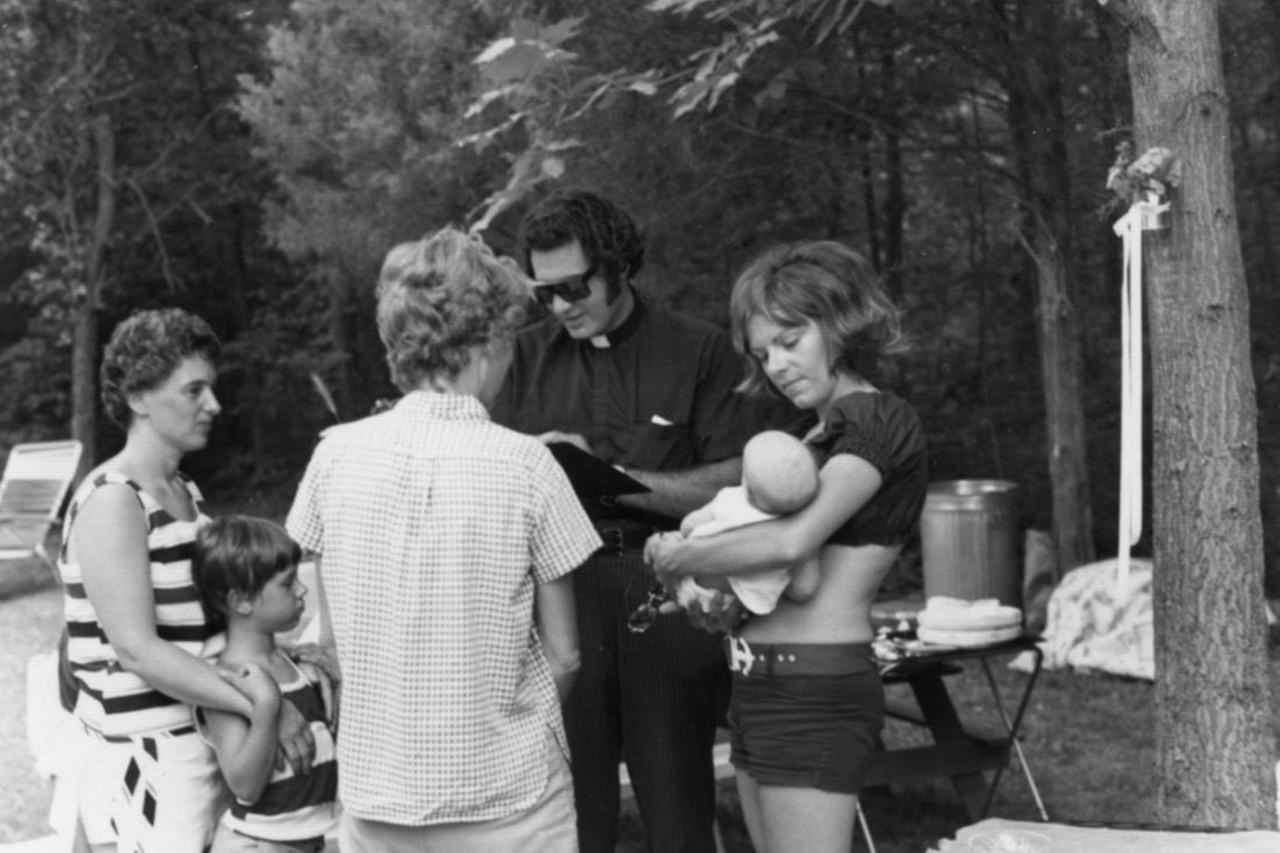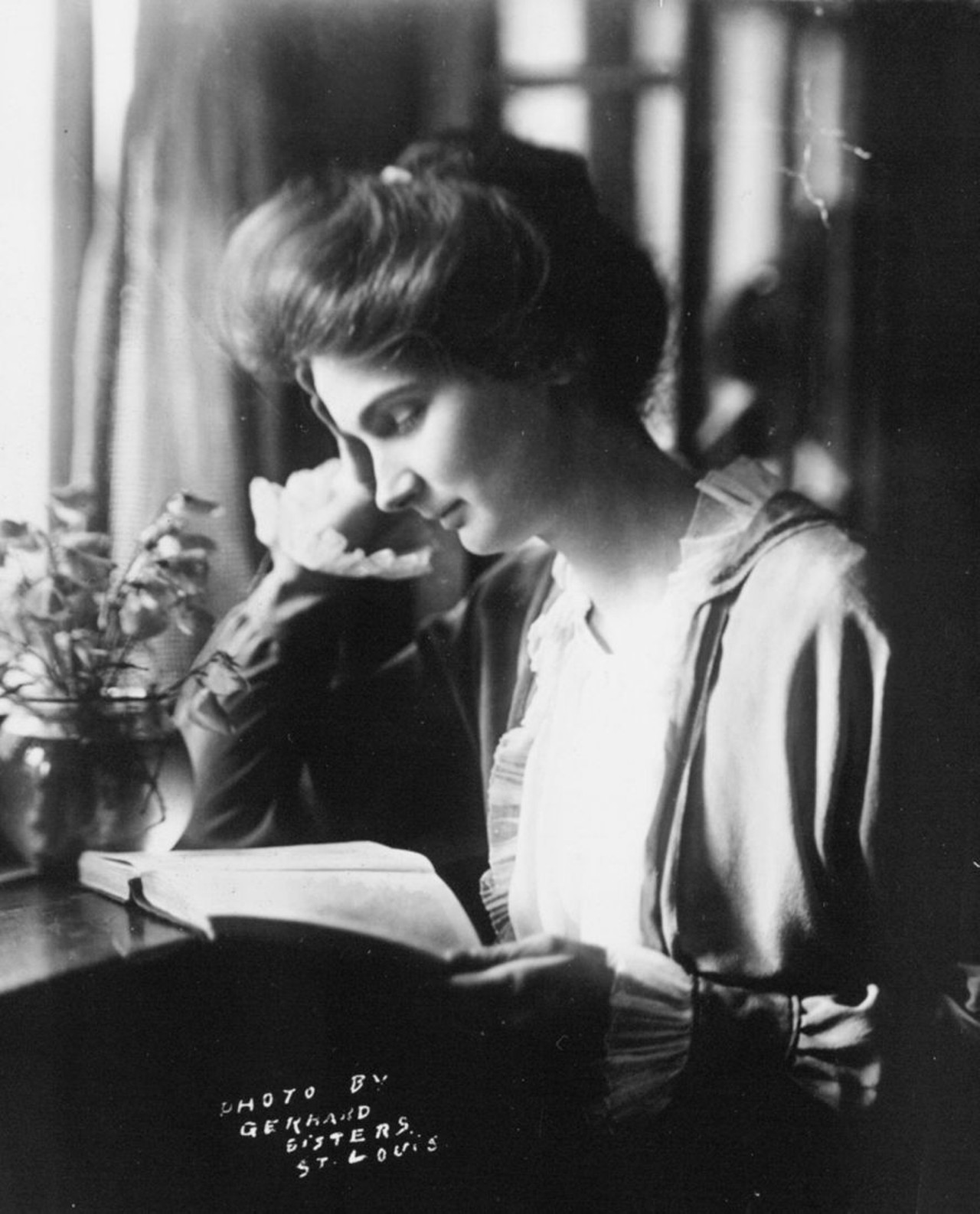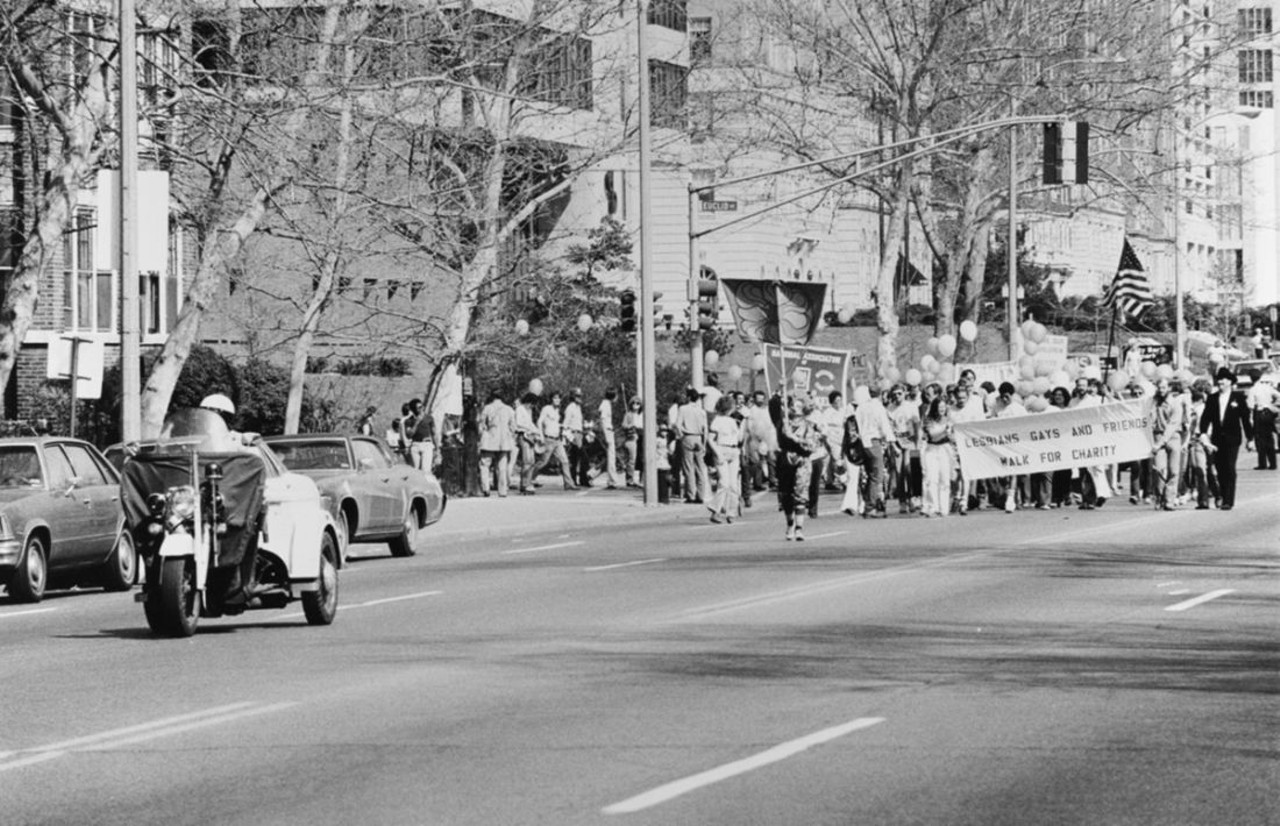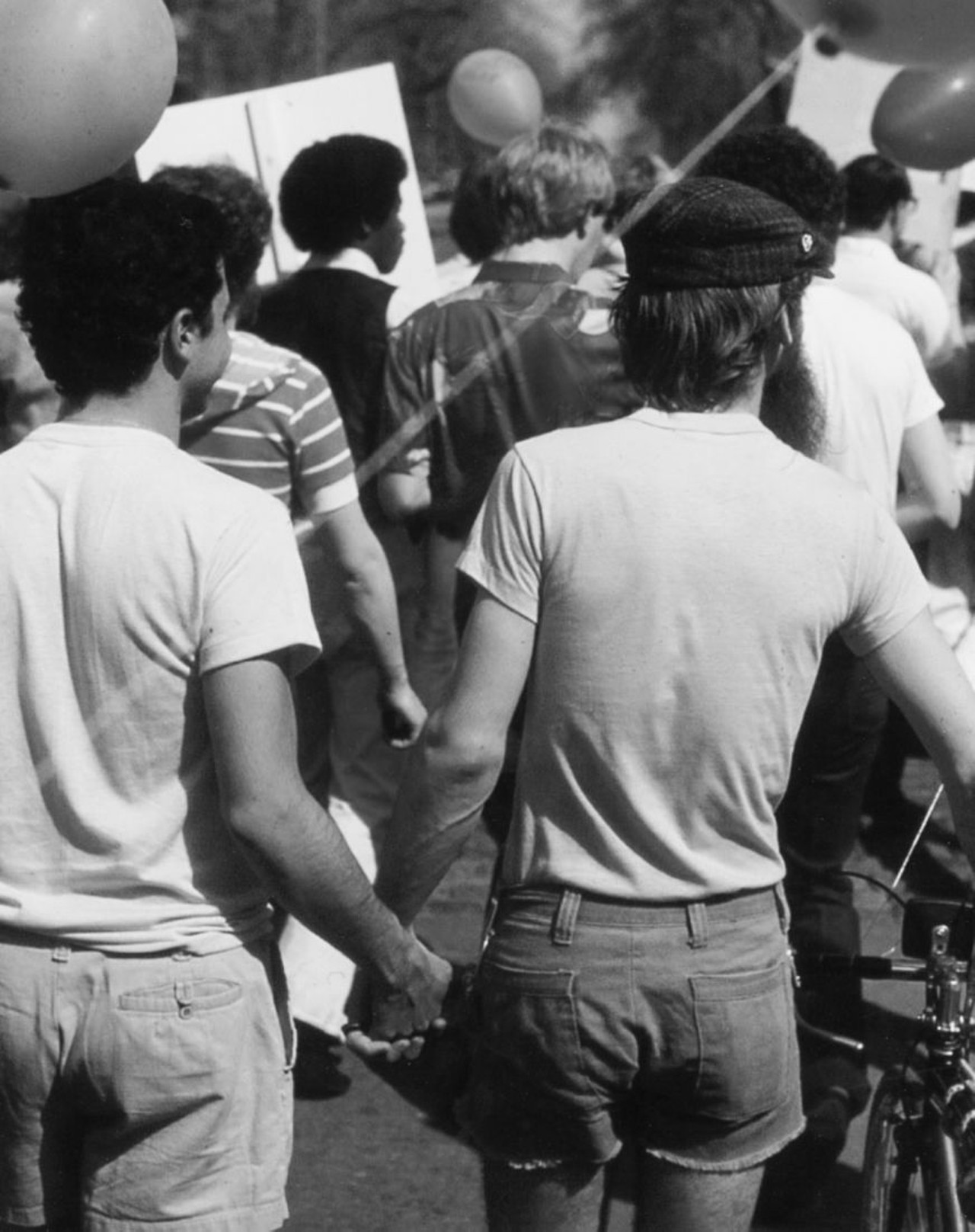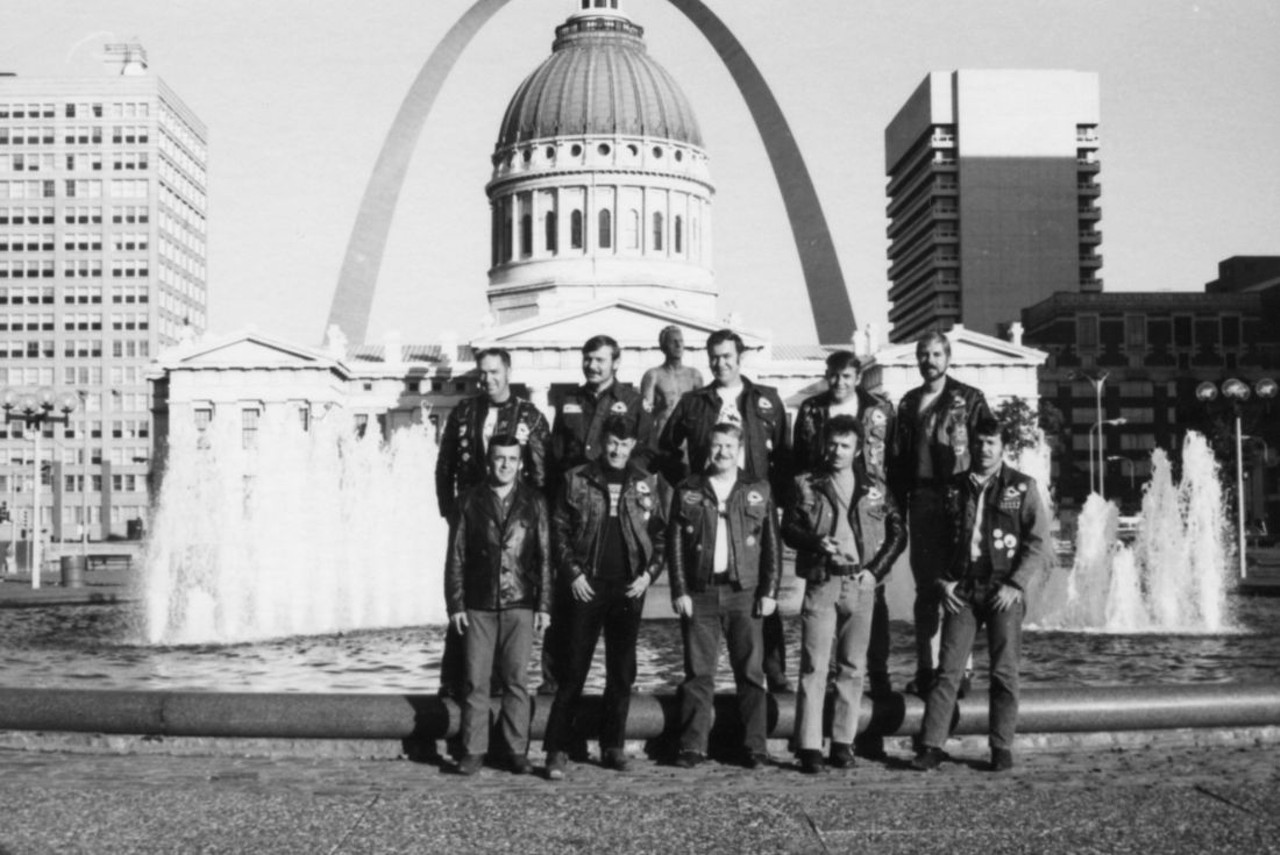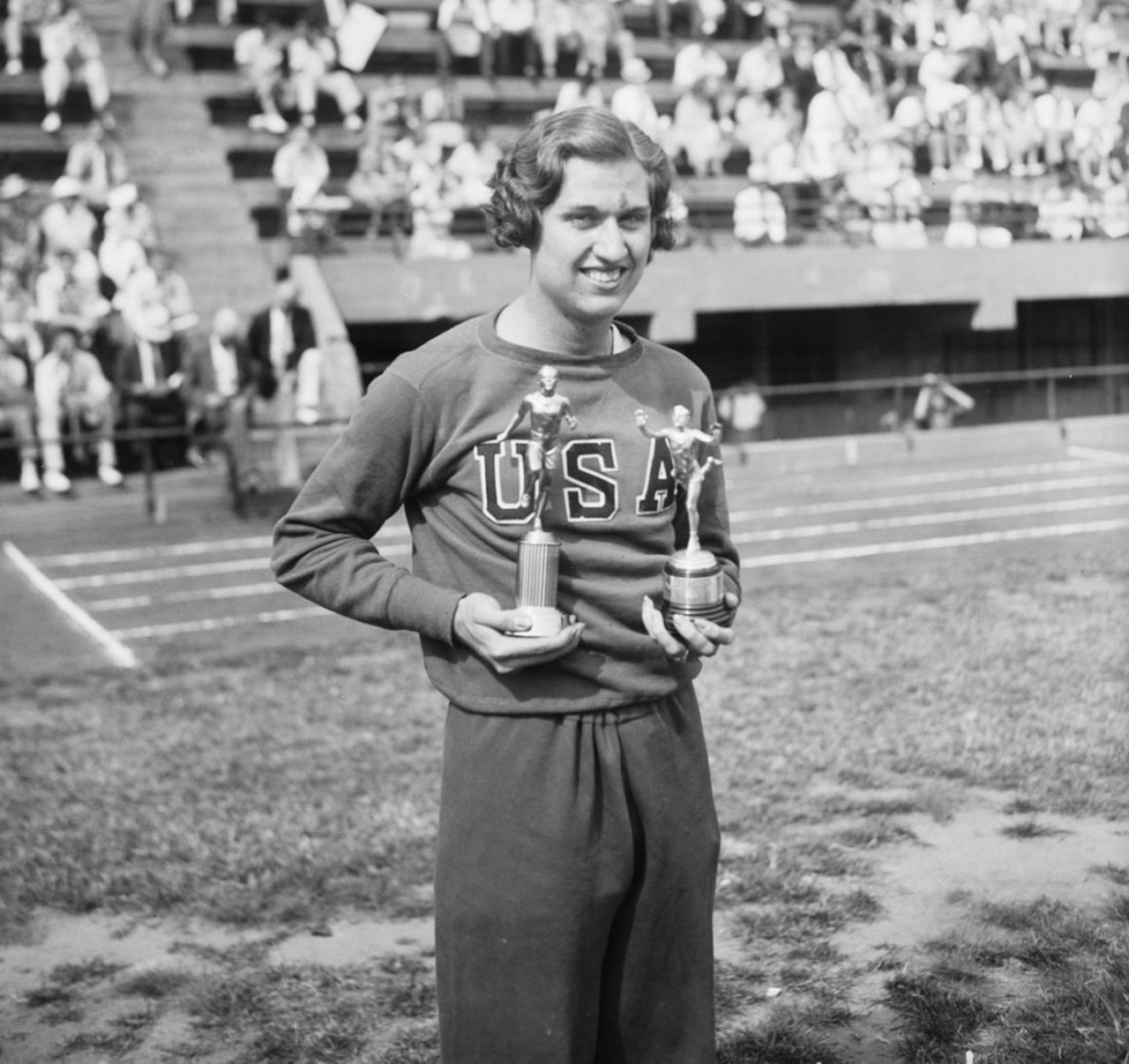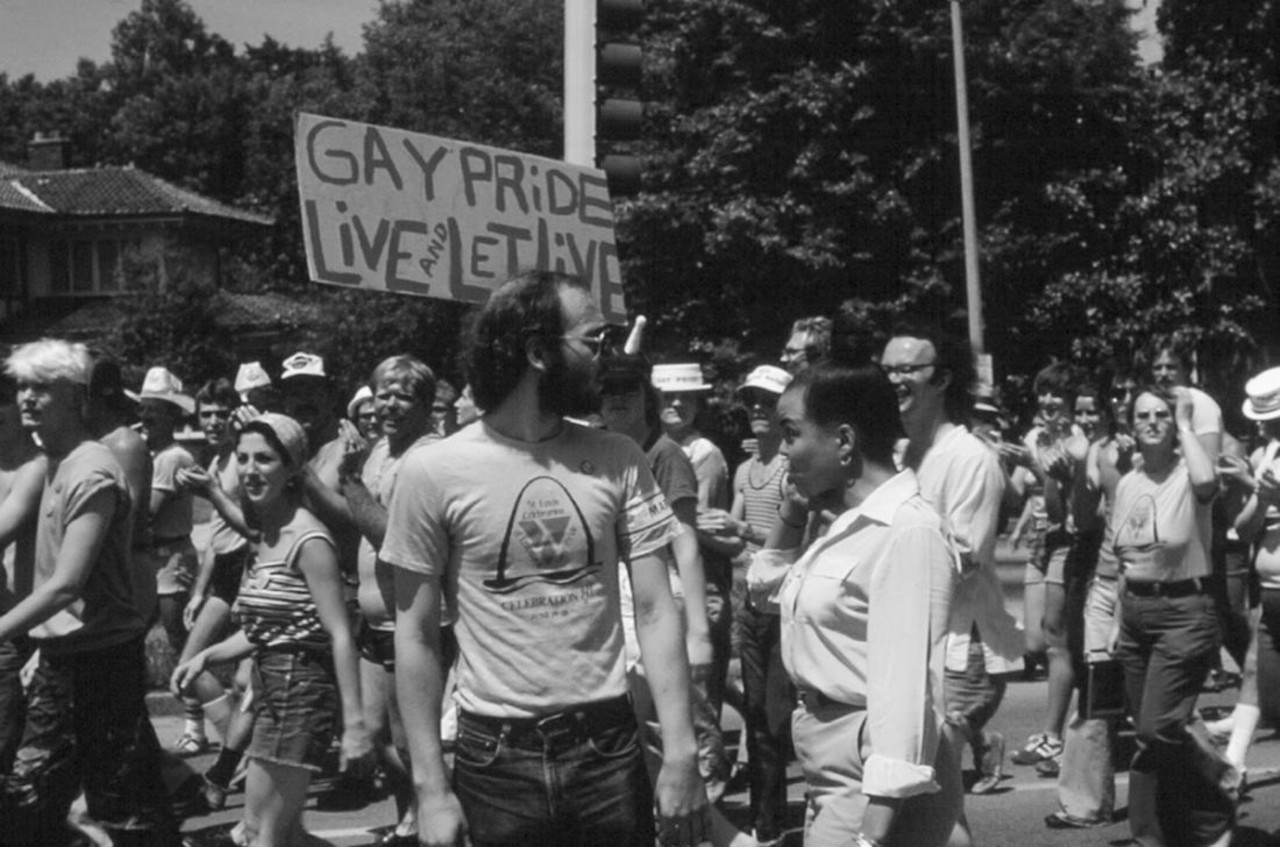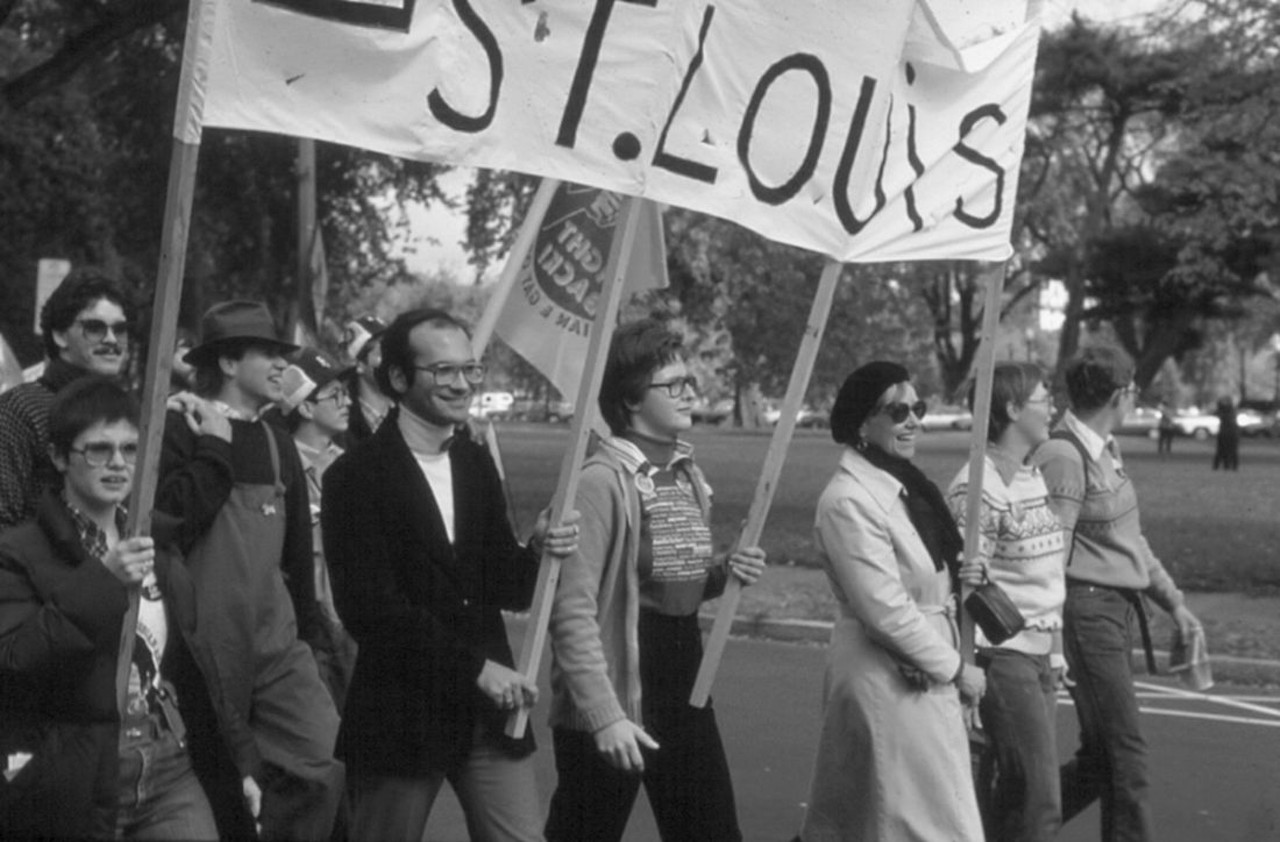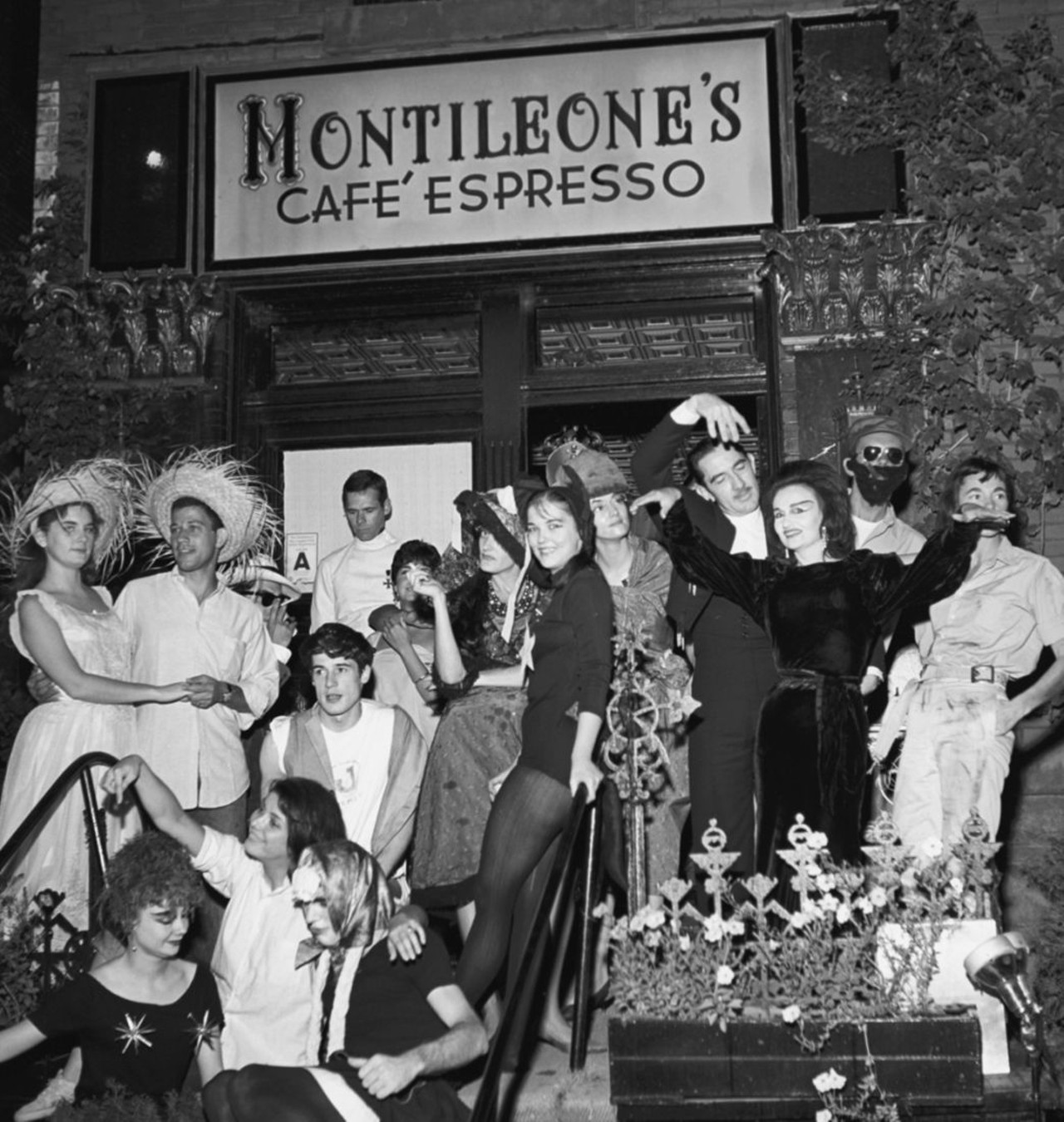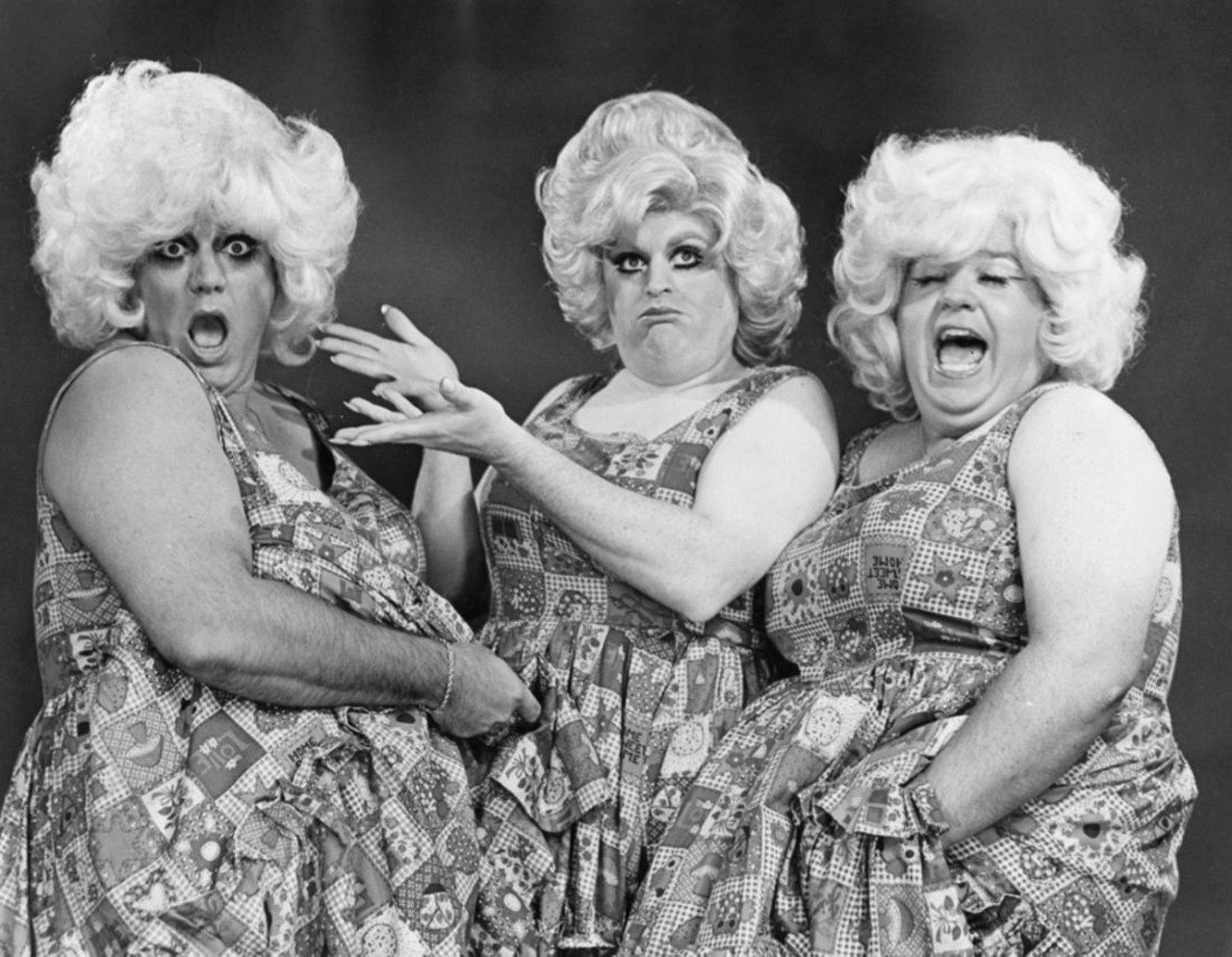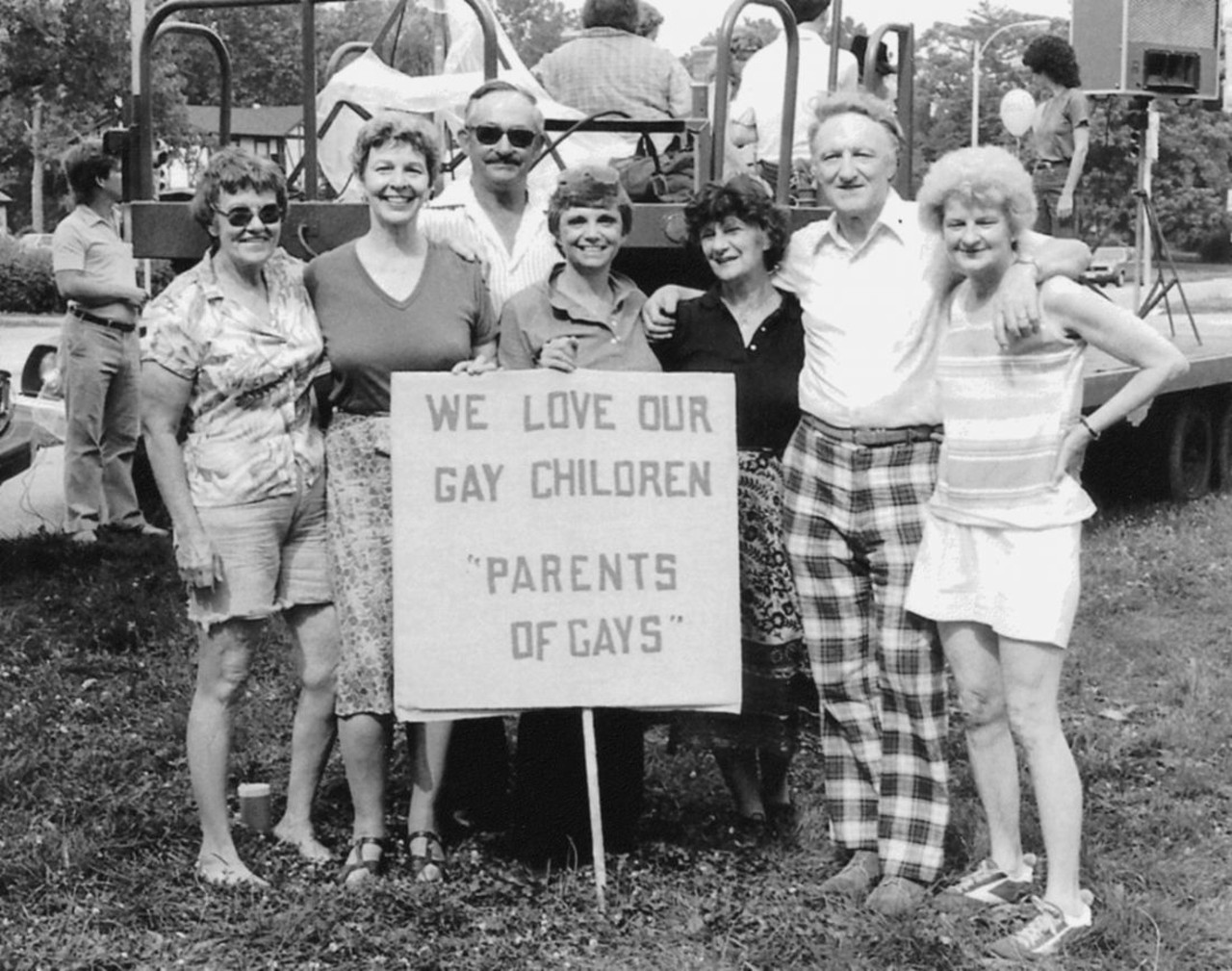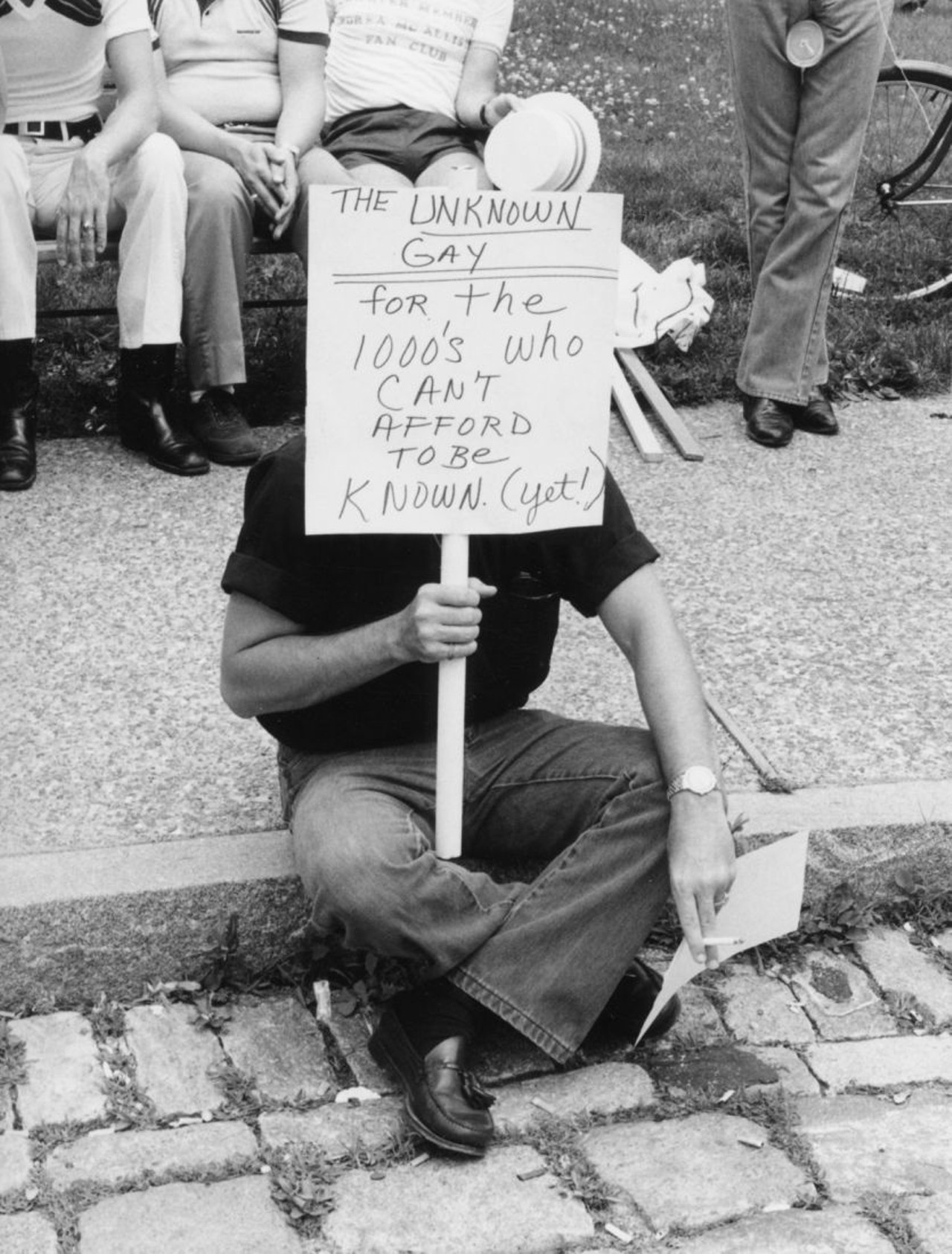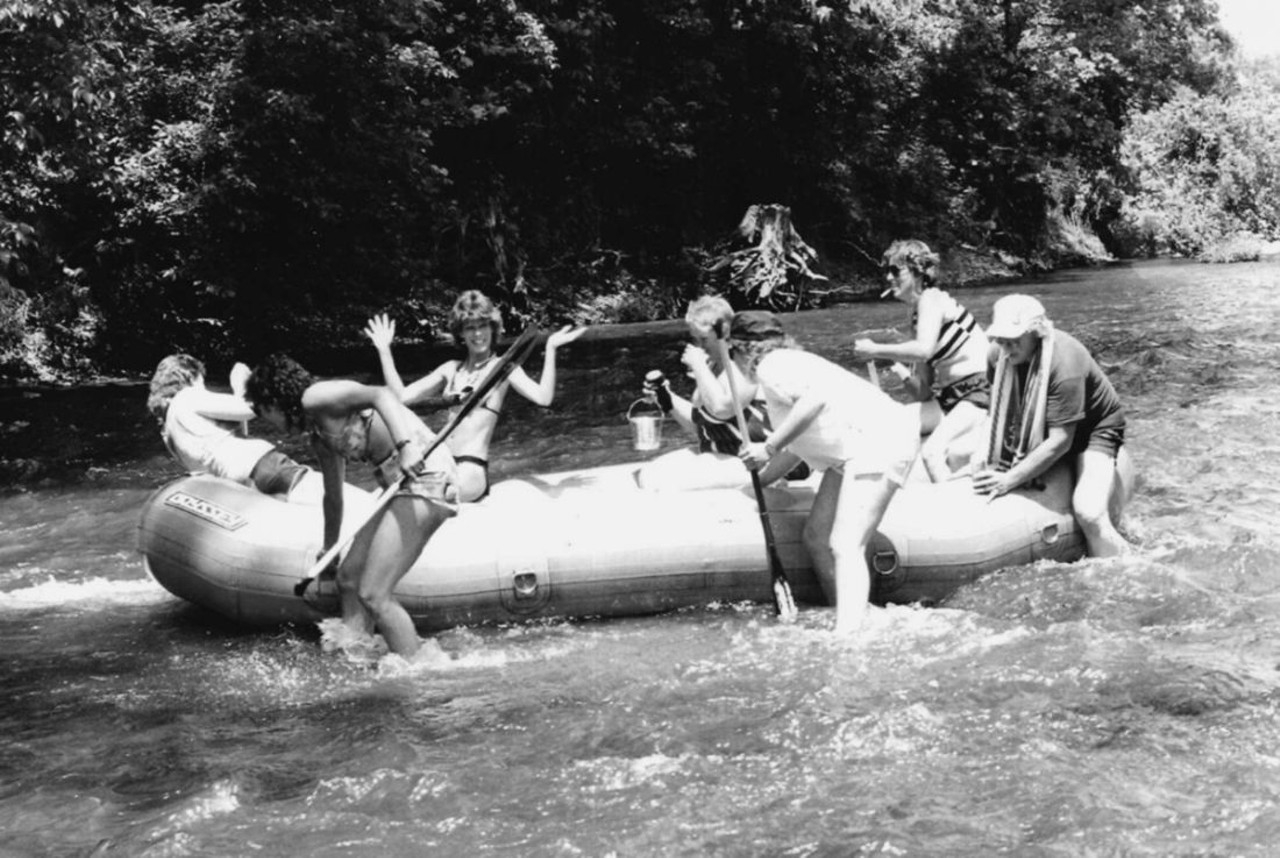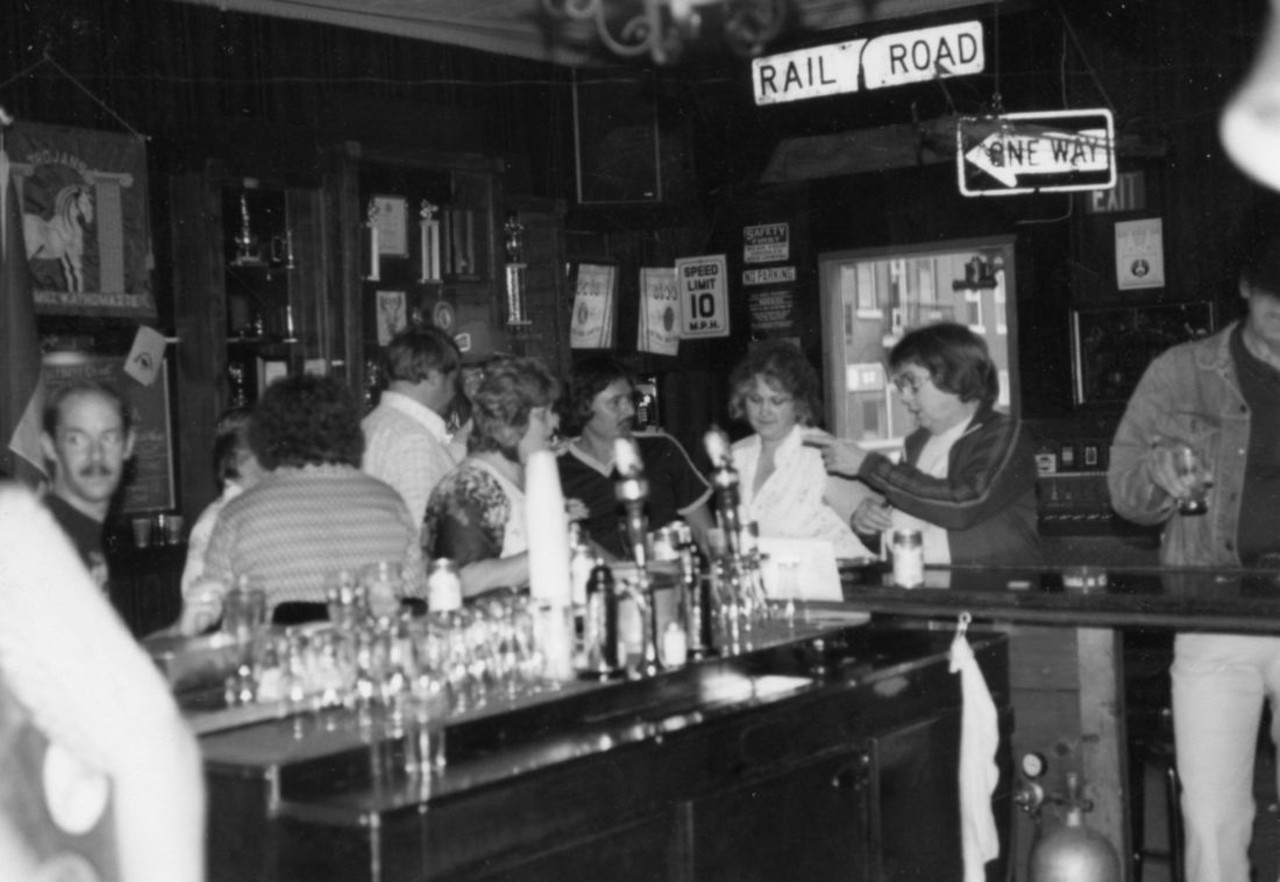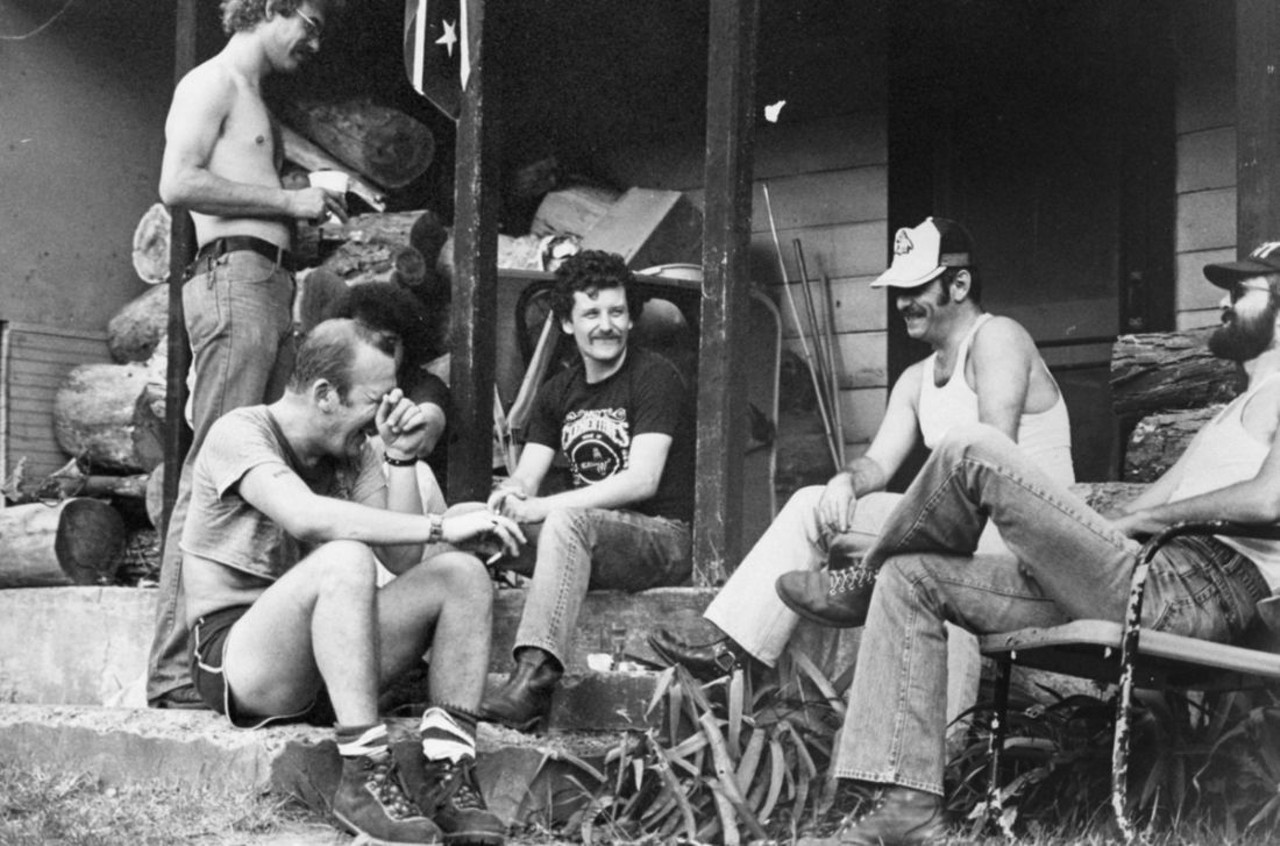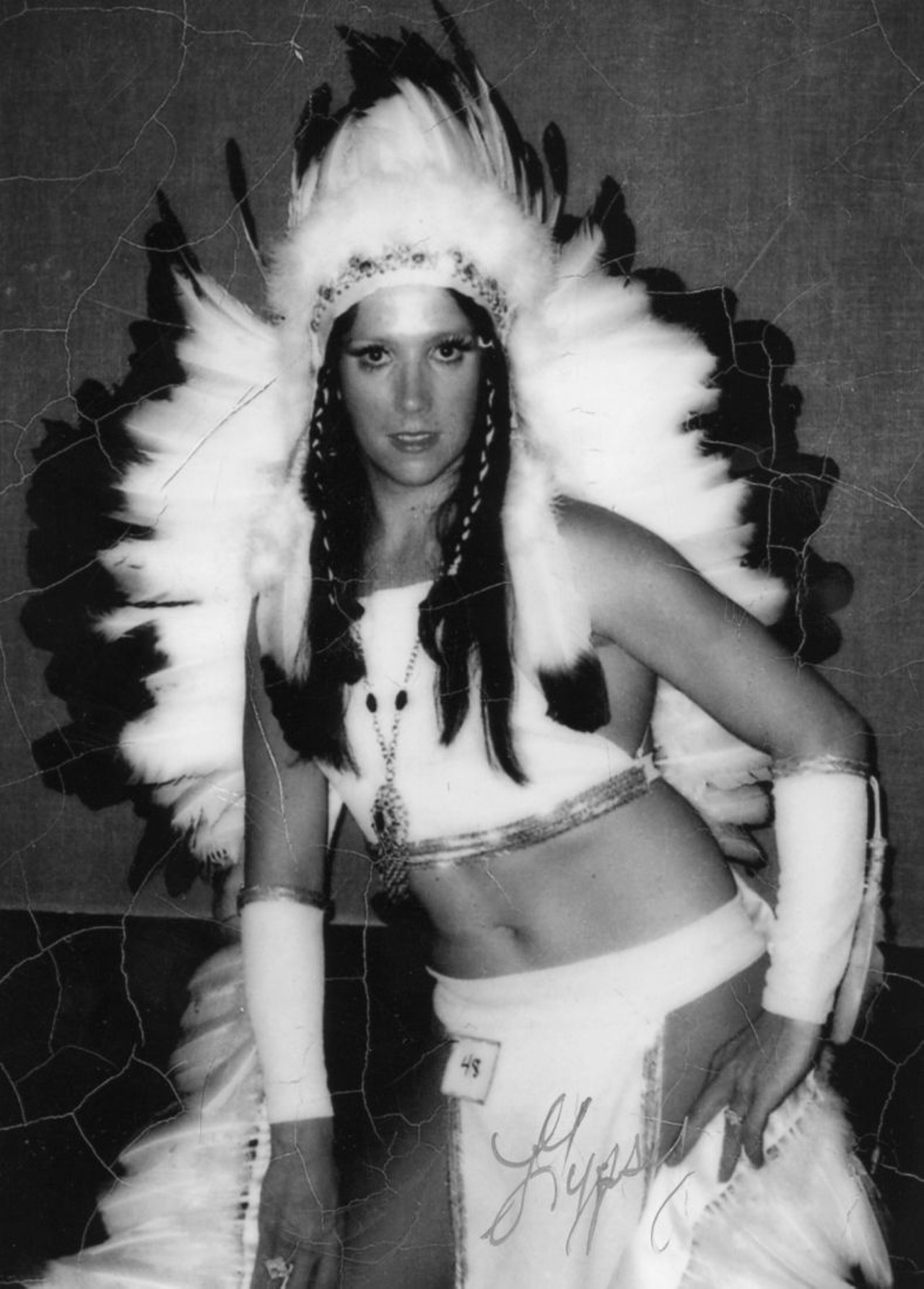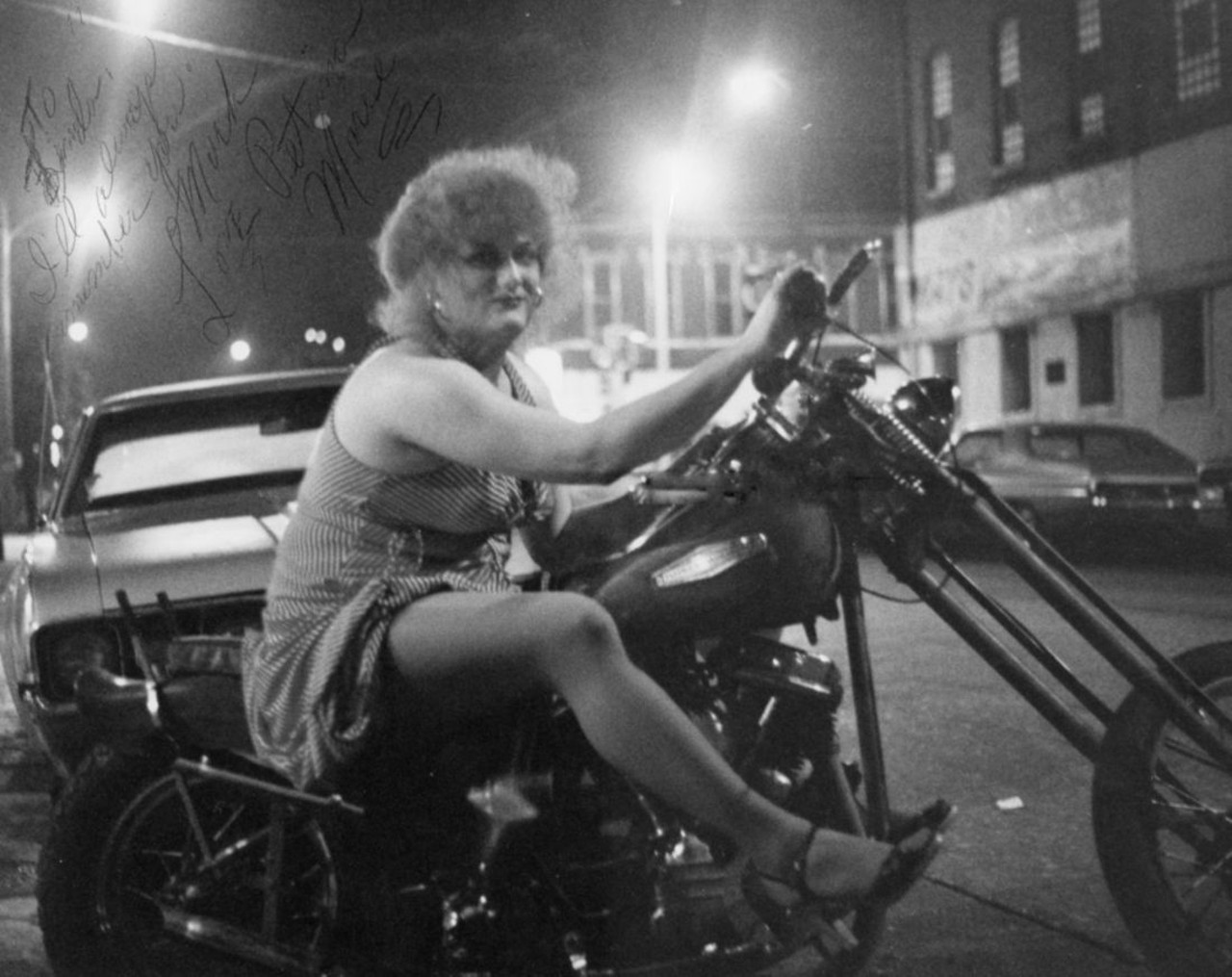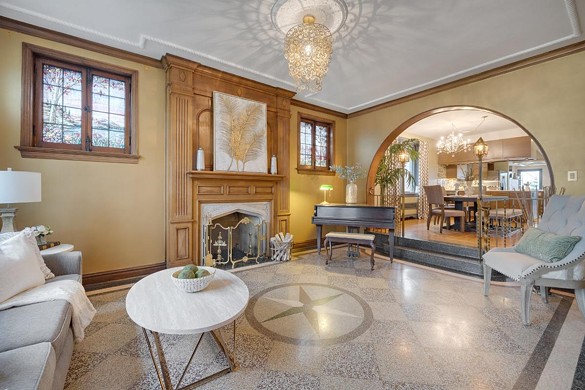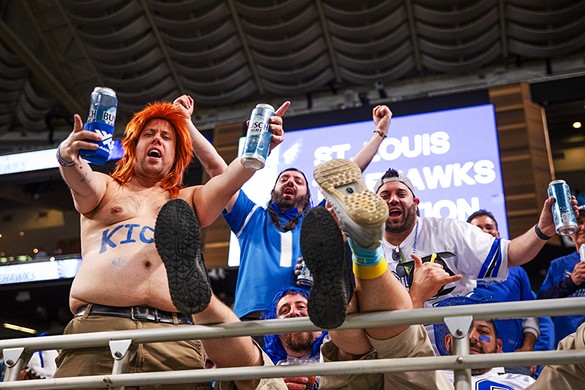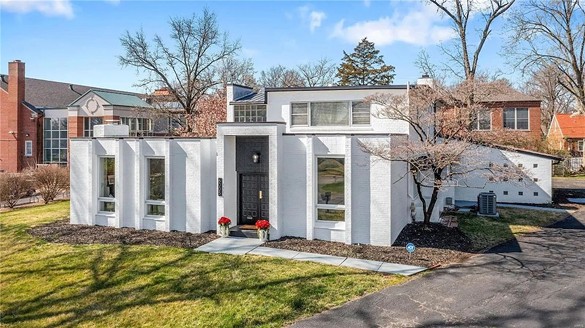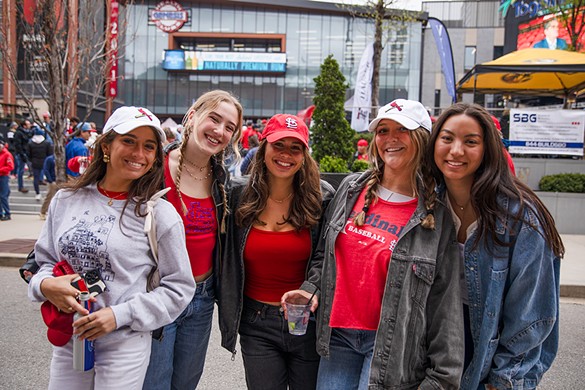All photos and text come from the book. Reprinted with permission from Images of Modern America: Gay and Lesbian St. Louis, by Steven Louis Brawley and the St. Louis LGBT History Project. Available from the publisher online at www.arcadiapublishing.com or by calling 888-313-2665.
From protests and arrests to celebrations and parades, St. Louis' LGBT community has undergone many an experience since our city's founding. Now, author Steven Louis Brawley has captured this part of our history in Images of America: Gay and Lesbian St. Louis. Activists, leather men, drag queens, academics, business leaders, artists, you'll see it all in this book -- and you can get a sneak peak right here.
All photos and text come from the book. Reprinted with permission from Images of Modern America: Gay and Lesbian St. Louis, by Steven Louis Brawley and the St. Louis LGBT History Project. Available from the publisher online at www.arcadiapublishing.com or by calling 888-313-2665.


